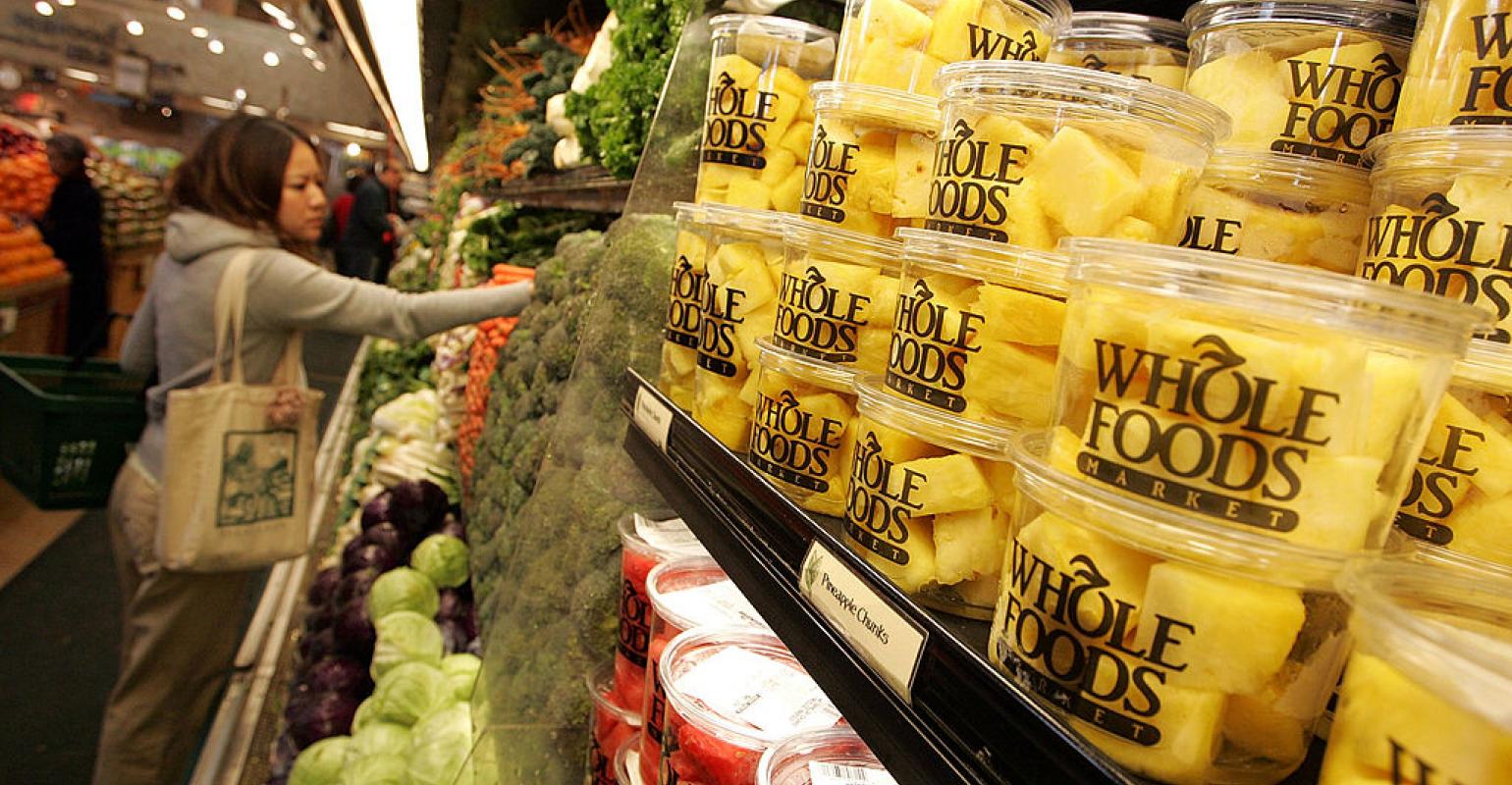The Amazon-Whole Foods Deal and Its Impact on Owners and Lenders
When CrediFi mapped the locations of Amazon and Whole Foods properties, along with Amazon Prime Now locations, we found a lot of overlap.
July 12, 2017 | by Ely Razin | National Real Estate Investor

On the heels of Amazon’s recently announced acquisition of Whole Foods for $13.7 billion, owners and lenders of Whole Foods-anchored properties are waiting along with the rest of the world to see just what Amazon will do with the latest purchase the e-commerce giant has placed in its shopping cart.
The addition of hundreds of new properties, largely in upmarket urban areas, looks like a win for Amazon. The deal could potentially help Amazon store food and other goods, deliver those goods along the last mile to the customer’s doorstep and provide brick-and-mortar sites for customers to perform that last-mile delivery themselves by picking up the products they’ve either bought in the store or ordered online.
The impact on Whole Foods seems a little less clear, however. Will its identity disappear? Will the value of Whole Foods retail properties go up or down?











